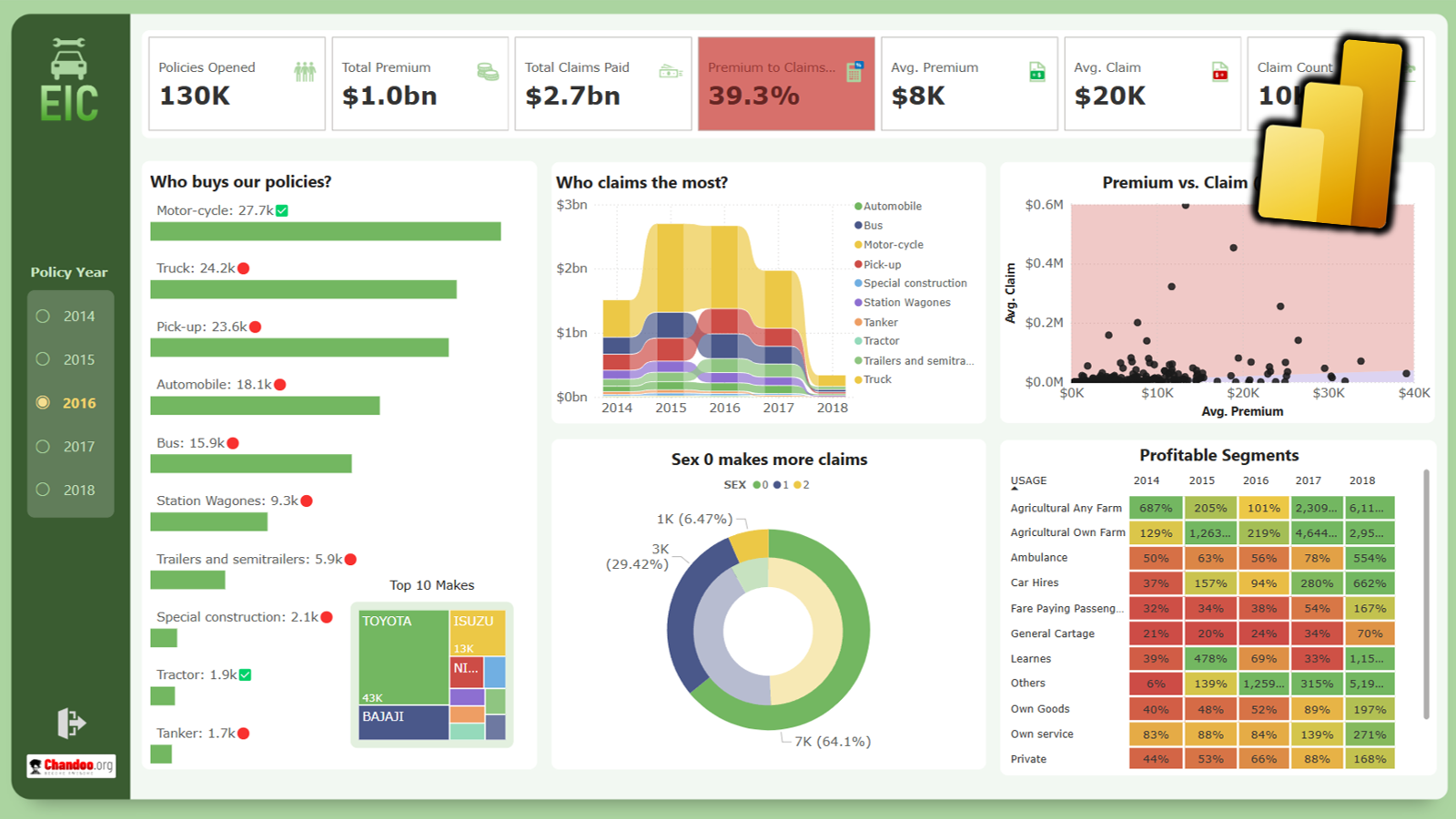Ever seen a formula like =SUMIFS(Sheet1!B2:B3923, Sheet1!C2:C3923, A1, Sheet1!D2:D3923, A2) and wondered what it is really doing?!?
If so, you are not alone.
Formulas written with cell references tend to look complicated and clunky. What if we could write formulas in plain English?
That is what Structural References do. When using structural references in formulas, your focus will be on your data, not on which cell ranges the data takes up.
For example, you can write formulas like these:
- SUM(mySales[no. of customers]) to find how many customers we had.
- SUMIFS(mySales[no. of customers], mySales[product], “FastCar”) to find how many customers bought “FastCar”
Learn how to use Structural References and why they can change you life
Introduction to Structural References
[Watch this on our YouTube channel]
Download Example File
Click here to download example workbook and play with Structural References to learn more.
Learn more about Tables & Structural Refs
- Introduction to Tables in Excel
- Using Tables with VLOOKUP formulas
- How to preserve table column references
- Customizing table formatting
Do you use tables & structural references ?
I use tables all the time. They help me stay focused on analysis & visualization instead of cell addresses.
What about you? Do you use tables & structural references? Please share your experiences, tips & ideas using comments.
Bonus Video: Here is a video I did with Bill Jelen (MrExcel) about this topic.
Personal update: We are at beautiful Woodbury Inn on Blue Ridge Pkwy and loving our stay. See this video.




















6 Responses to “Nest Egg Calculator using Power BI”
Wow! What a Powerful article!
Hello Chandoo Sir
your file does not work with Excel 2016.
how can I try my hands on this powerful nest egg file ?
thanks
Ravi Santwani
@Ravi... this is a Power BI workbook. You need Power BI Desktop to view it. See the below tutorial to understand what Power BI is:
https://chandoo.org/wp/introduction-to-power-bi/
As always, superb article Chandoo... 🙂
Just one minor issue:
While following your steps and replicating this calculator in PowerBI, I found that the Growth Pct Parameters should be set as "Decimal number" not "Whole Number"
OR
we have to make corresponding adjustments in the Forecast formulas (i.e. divide by 100) to get accurate results.
You are right. I used whole number but modified the auto created harvester measure with /100 at end. Sorry I did not mention it in the tutorial.
Instead of
[Growth Pct 1 Value]/12
the monthly rate has to be
(1+[Growth Pct 1 Value])^(1/12)-1
It's a slight difference but in 30 years the future value will be $100k less.